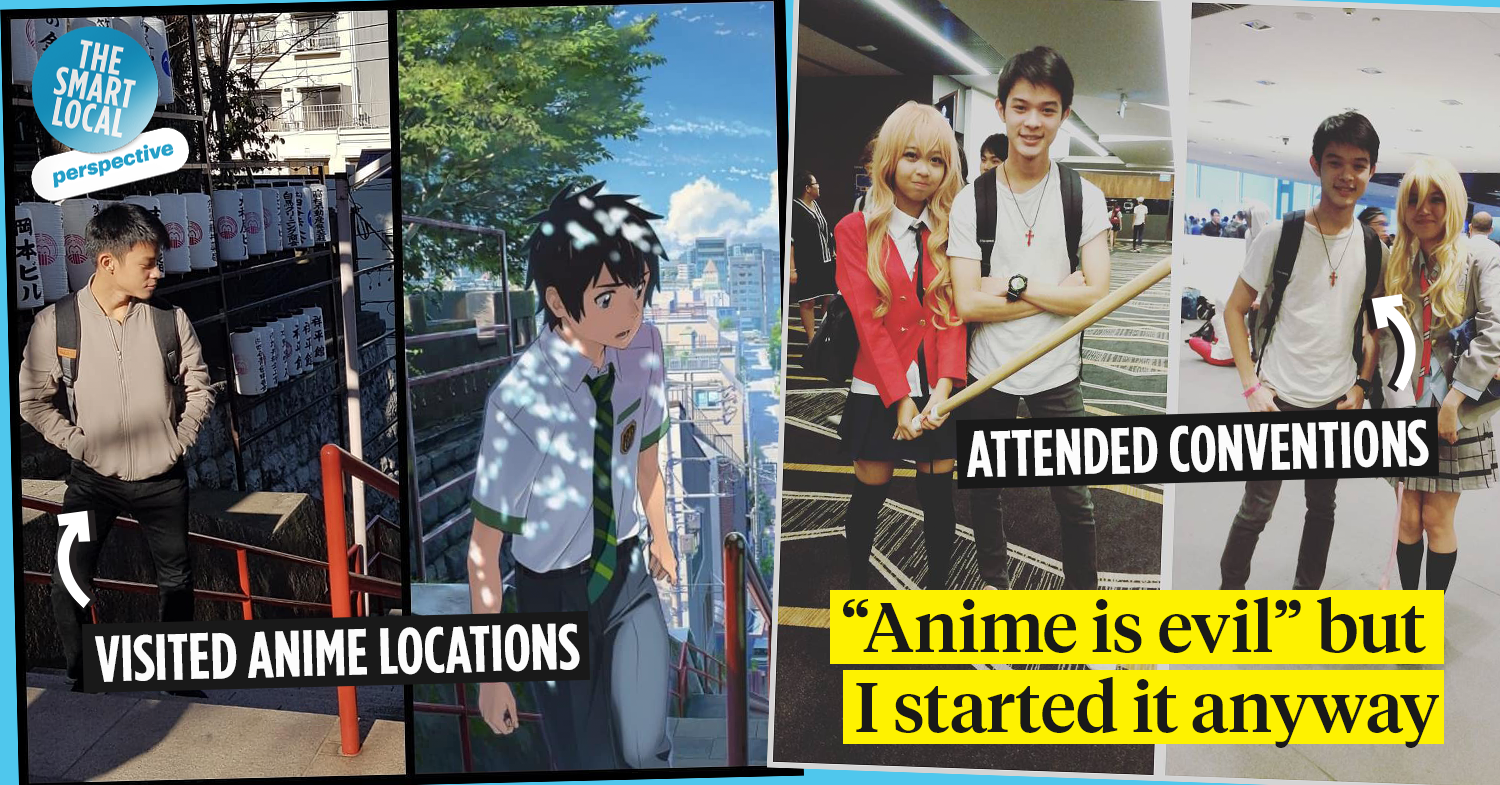Being an anime fan in Singapore
It all started with a TV addiction as a kid, when I’d come home after school to catch my favourite shows like Hi-5, Power Rangers and even Winx Club. And many of us still binge-watch shows as adults today, be it Korean dramas or the newest releases on Netflix. While I’m a sucker for franchises such as Star Wars and the Marvel Cinematic Universe, it was anime that really got me hooked during my teenage years.
Anime gets a bad rap though. Some think that Japanese cartoons are meant for kids, or that otakus or weebs are nerdy dudes in thick glasses who don’t leave their homes all day. But I’m here to show you that it’s more than just a stereotype.
So read on with an open mind and buckle up for a sneak peek into the life of a self-professed weeb, and how anime has moulded me as a person.
Pro-tip: A “weeb” refers to someone obsessed with Japanese culture, while an “otaku” is a person with a consuming interest particularly in anime or manga – kind of a Japanese equivalent of a “geek”.
Read other our perspective articles:
- I’ve spent over $8,000 collecting cards
- How pole dancing helped with my confidence
- Being afraid of driving in Singapore
Anime was “evil”, but I gave it a shot
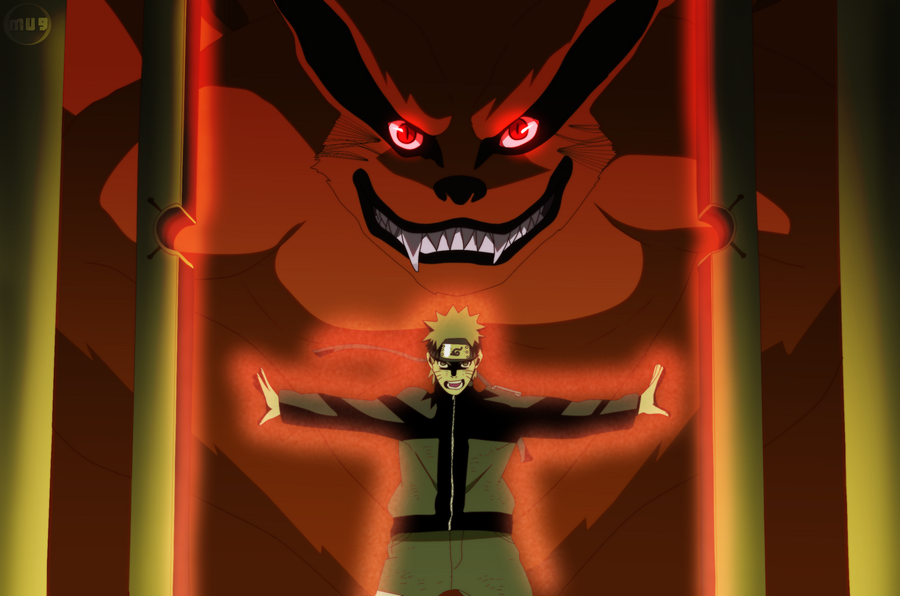
Kurama, the “demon fox”
Image credit: KEISUKE_URAHARA
“Anime is evil” my mum once said to me – well, multiple times actually.
It all started when she first saw the “demon fox” Kurama from Naruto and told me to abstain from watching anime, just because the character looked bad and was worried that I might be negatively influenced. Being the naive little child I was, I believed her and stayed away…until one fateful day.
I was in sec 2 when two of my classmates begged me to watch Clannad, an anime about a delinquent teenage boy with family problems and the struggles he faced growing into adulthood. Despite telling them about my mother’s warning, they persisted, claiming that Clannad was in no way “evil”, and that it was one of the best shows they’d ever seen.
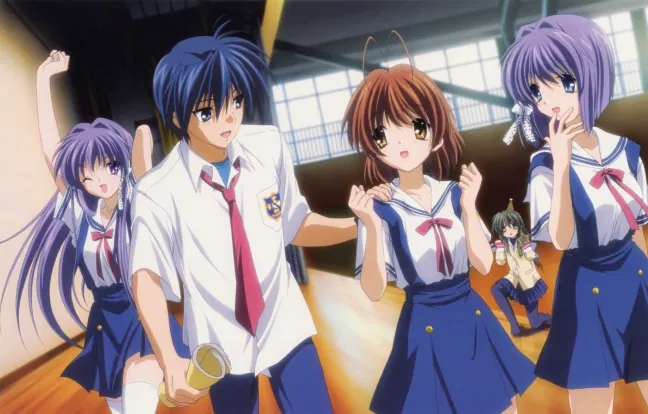
My first and most favourite anime, Clannad
Image credit: Kyoto Animation
This went on for hours – in between lessons too – and seeing how they were so passionate about it, I finally decided to give it a shot behind my parents’ back. Lo and behold, I finished the series and was moved to the brink of tears from the powerful storyline about friendship that this masterpiece of an anime had bestowed upon me.
Evil? What on earth was she on about? I thought.
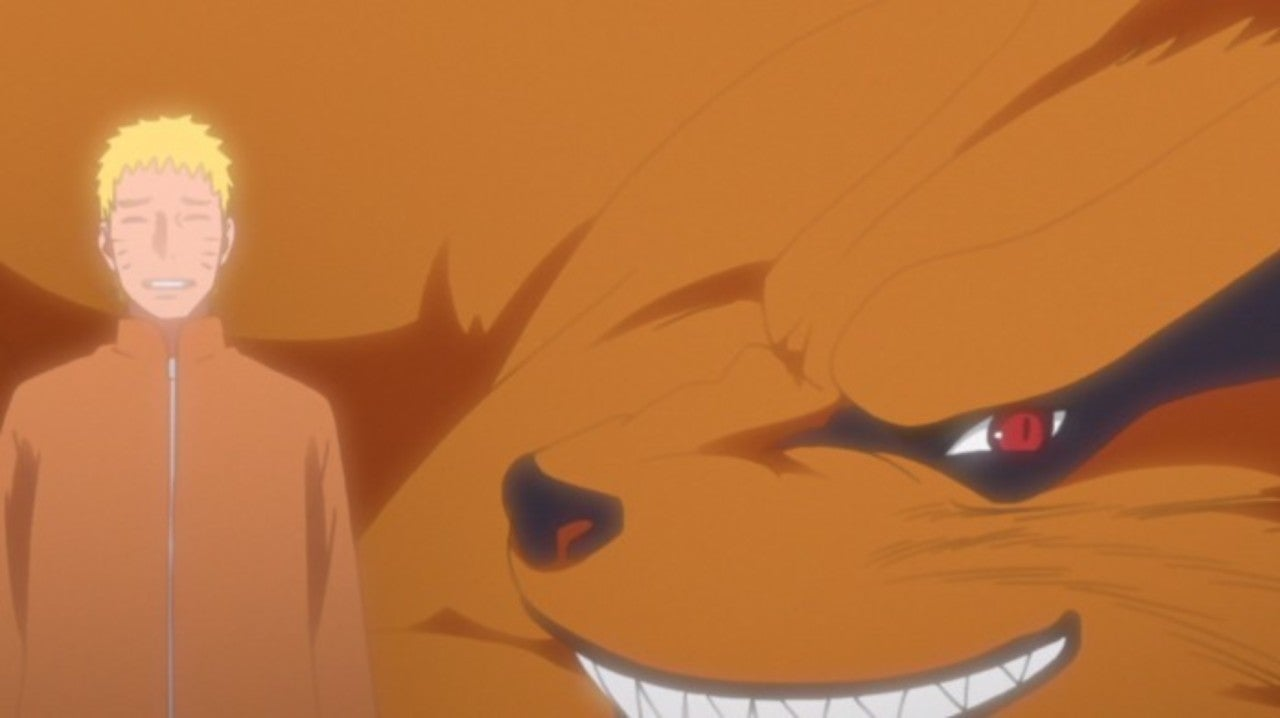
Adult Naruto and Kurama
Image credit: Pierrot
Years later, I also learnt that the “demon fox” in Naruto was actually a spirit animal manipulated into wreaking havoc, eventually becoming best buddies with the main character, Naruto. My mum was too quick to judge Kurama, and that fact had become a life lesson for me too: never judge a book by its cover.
Becoming a huge anime fan
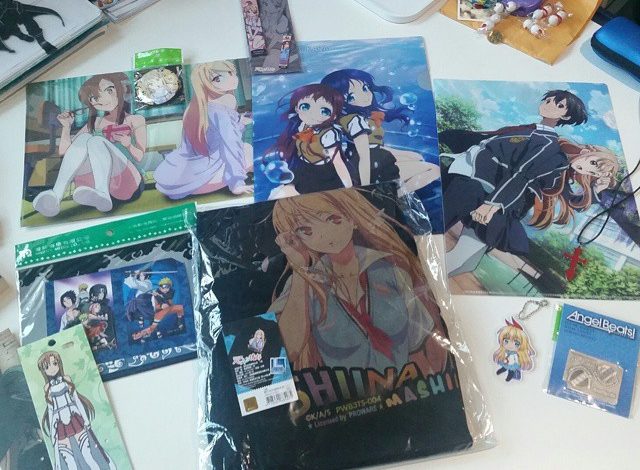

My 2014 Anime Festival Asia (AFA) haul
Image credit: Justin Oh
After watching Clannad back in 2010, I started to crave more of this little thing called anime. Through friend recommendations and my own research, I started watching series such as Angel Beats!, AnoHana, and Kokoro Connect. I even joined myanimelist.net – a one-stop shop for Japanese animation – so I could track the series that I’d seen or planned to watch.
Fun fact: I’ve watched over 1,944 hours of shows based on my anime list and at one point, I’d completed all of Naruto (220 episodes) and half of the Naruto Shippuden series (500 episodes) in a month.

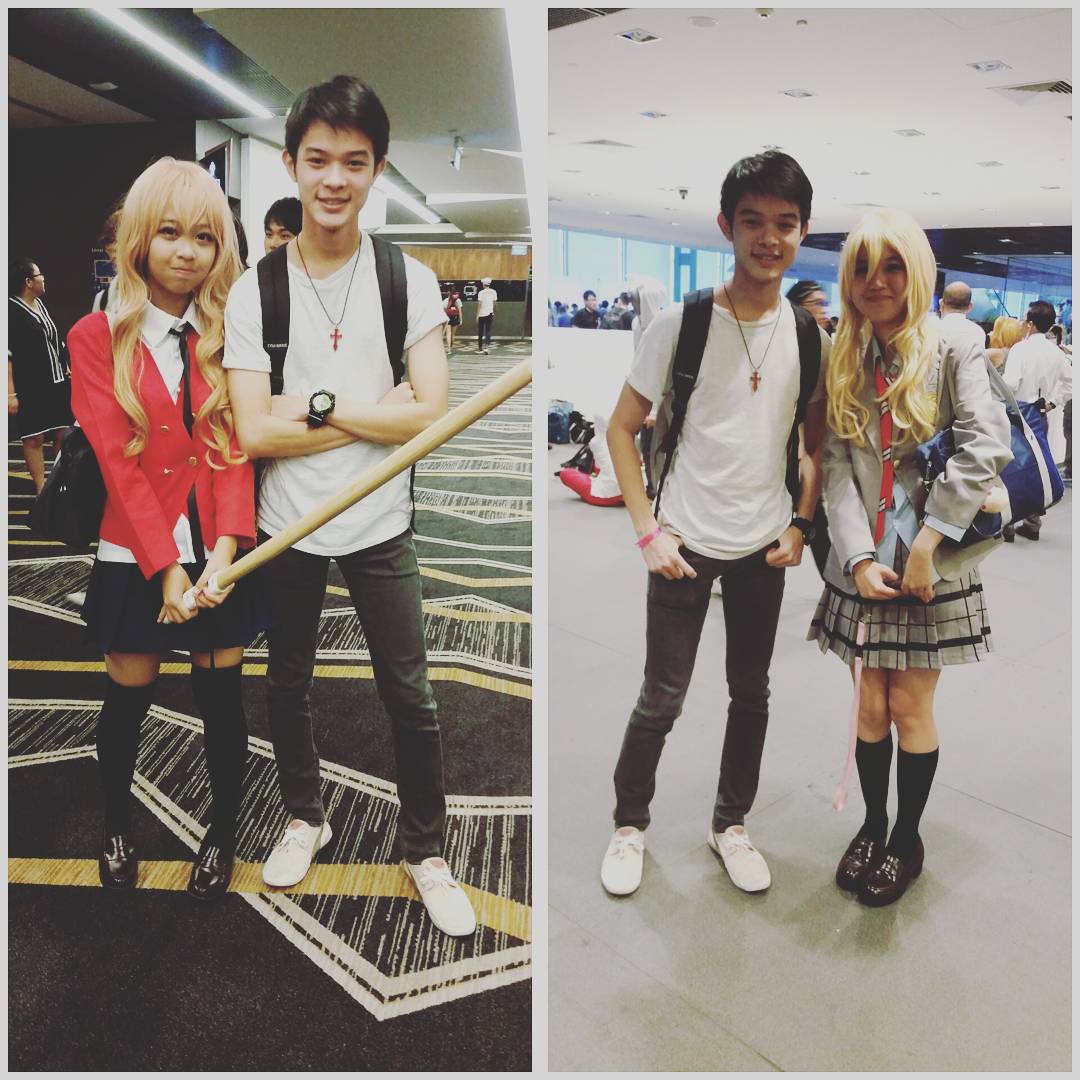
Taking pictures with my favourite characters at AFA
Image credit: Justin Oh
Not long after, I made like-minded friends in school and through attending conventions like Anime Festival Asia. I felt that I’d finally found a place where I truly belonged, with others who were just as passionate about the same things as me.
Throughout my decade-long history of watching anime, I’ve come across masterpieces such as Clannad: After Story, Koe no Katachi, Violet Evergarden, and many more. Slowly but surely, these shows influenced my values and changed my perspective on life for the better.
I remember several phases of my teenage life when I was really down in the slumps, and it was anime that saved me – as cheesy as it sounds.
There were plenty of characters that I could relate to – introverts, outcasts, people who stayed at home all the time – and scenes that gave me a boost of serotonin and made me feel less alone. I now had something to look forward to, and I found comfort in the fact that there were real people behind these stories with similar experiences.
As I grew older and finally had the money to spare, I went to Japan for the first time to fully experience the culture first-hand. One of the highlights of my trip was visiting the famous staircase where the characters Taki and Mitsuha met in the award-winning anime, Kimi no Nawa, otherwise known as Your Name.
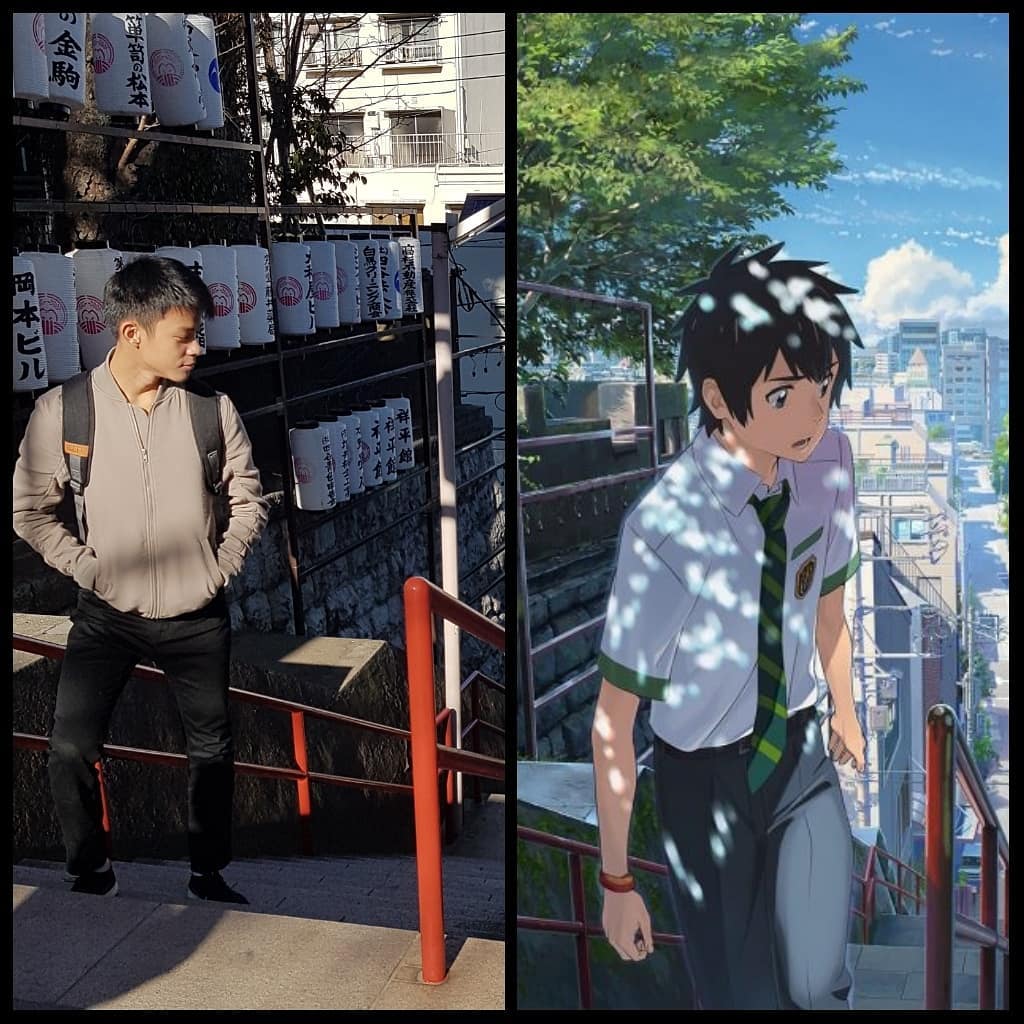
The trip helped me appreciate anime more, especially the people that created them. It was pretty mind-blowing to see how these artists and animators could recreate a real-life location so vividly.
Image credit: Justin Oh
Of course, as fellow otakus would know, a trip to Tokyo wouldn’t be complete without a visit to the anime haven that is Akihabara. Being in the centre of it all, shopping at this famous district made me realise that anime is more than just cartoons – it’s an entire culture and a growing industry.
Exploring J-pop, Vocaloid and Japanese culture

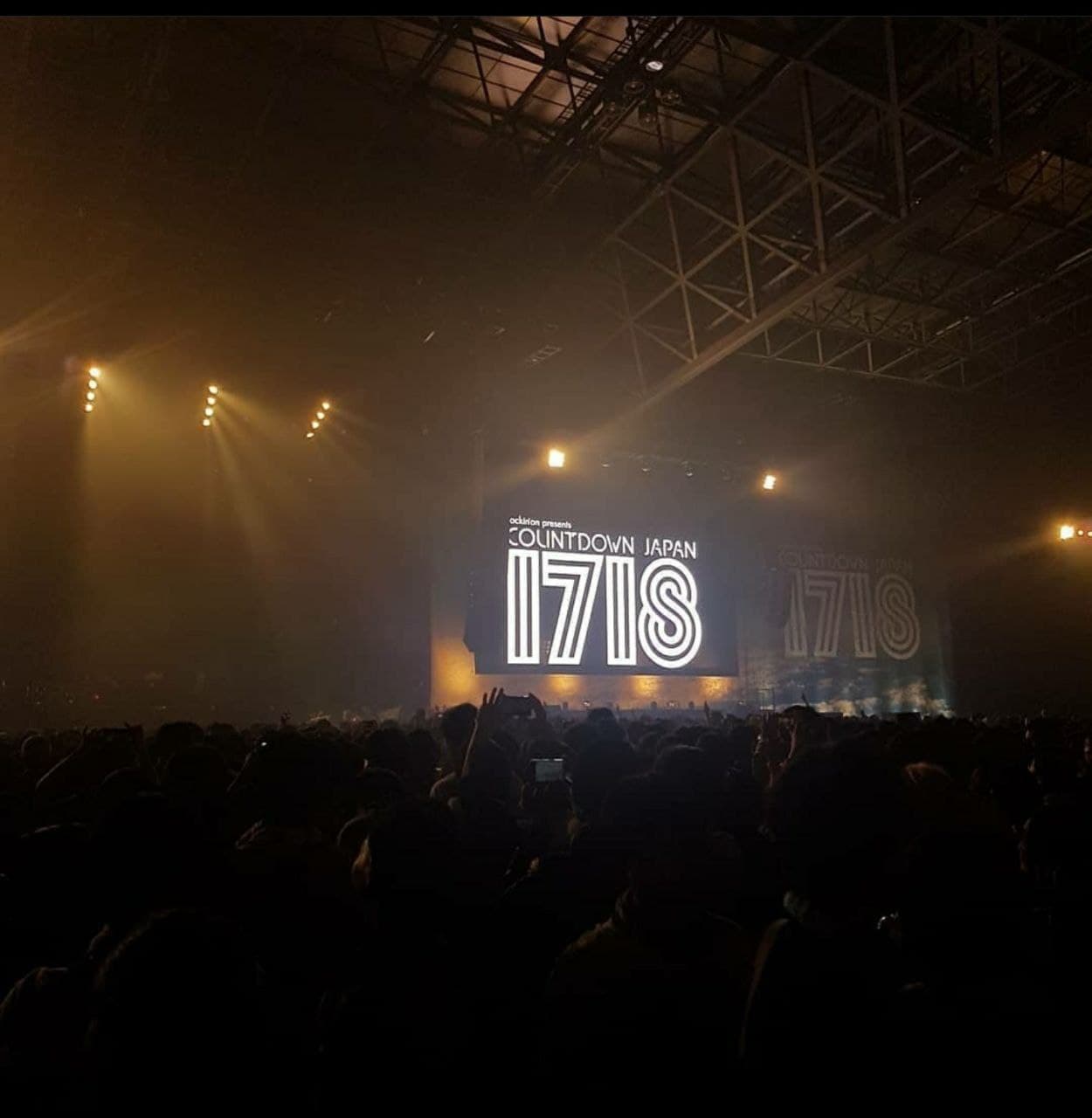
Experiencing J-Rock festivals with the likes of KANA-BOON, Asian Kung-Fu Generation and LiSA.
Image credit: Justin Oh
From watching anime, I was also exposed to Japanese music through opening and ending songs where snippets of tracks would be featured. Commonly referred to as “anisong” (short for anime song), it led me to discover Japanese pop (J-pop), rock and even kawaii metal music; think cute girls headbanging and singing to heavy metal music with a sprinkle of pop.
With my early taste in punk rock during primary school – Simple Plan and The Click Five anyone? – Japanese rock naturally appealed to me and I found myself spending hours on YouTube searching for more bands to listen to.
Somewhere along the way, I came across the Vocaloid genre, with virtual idols such as Hatsune Miku and IA. For the uninitiated, this is a software that uses pre-recorded voices tuned by a computer to create songs.
Vocaloids are pre-recorded voices from real singers which are synthesised by the computer. Users can manually input the lyrics and melody to make a song without singing themselves.
While detractors will say that they would rather listen to a real person, I love Vocaloid as it gives anyone, even those who can’t sing well, a platform to express themselves through music and lyrics.
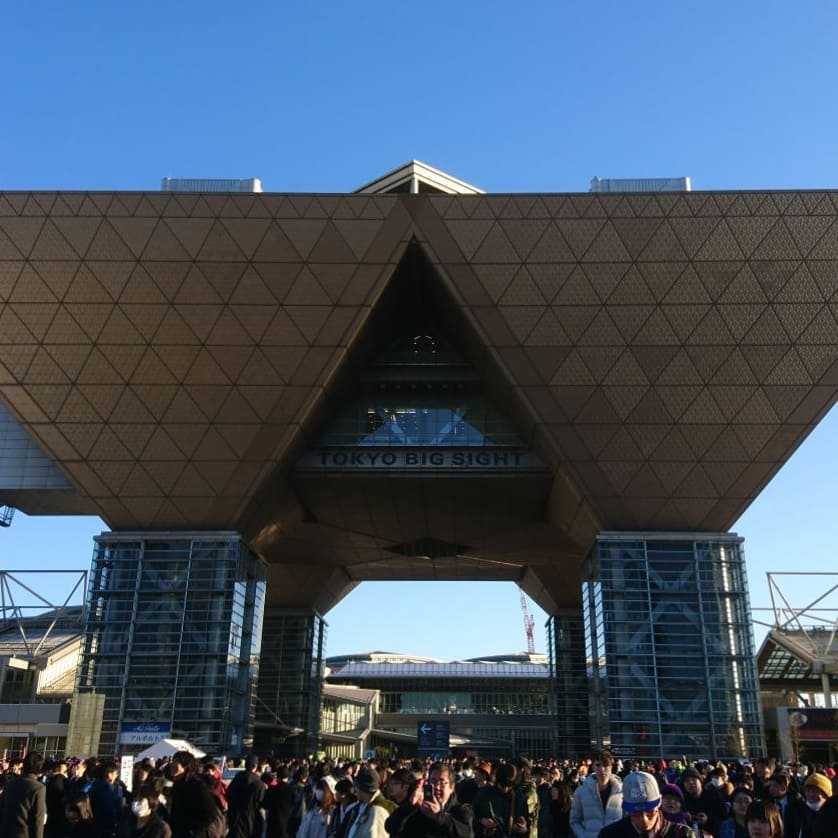
Visiting Comiket was quite the experience as I’d never seen so many people with similar interests as me all in one place before
Image credit: Justin Oh
On top of that, I became more immersed in Japanese culture as a whole. My interests soon went beyond just J-pop and anime – from trying my hand at making Japanese food and adopting a sleek MUJI-esque wardrobe, to learning the language and even visiting Comiket, the world’s largest fan convention.
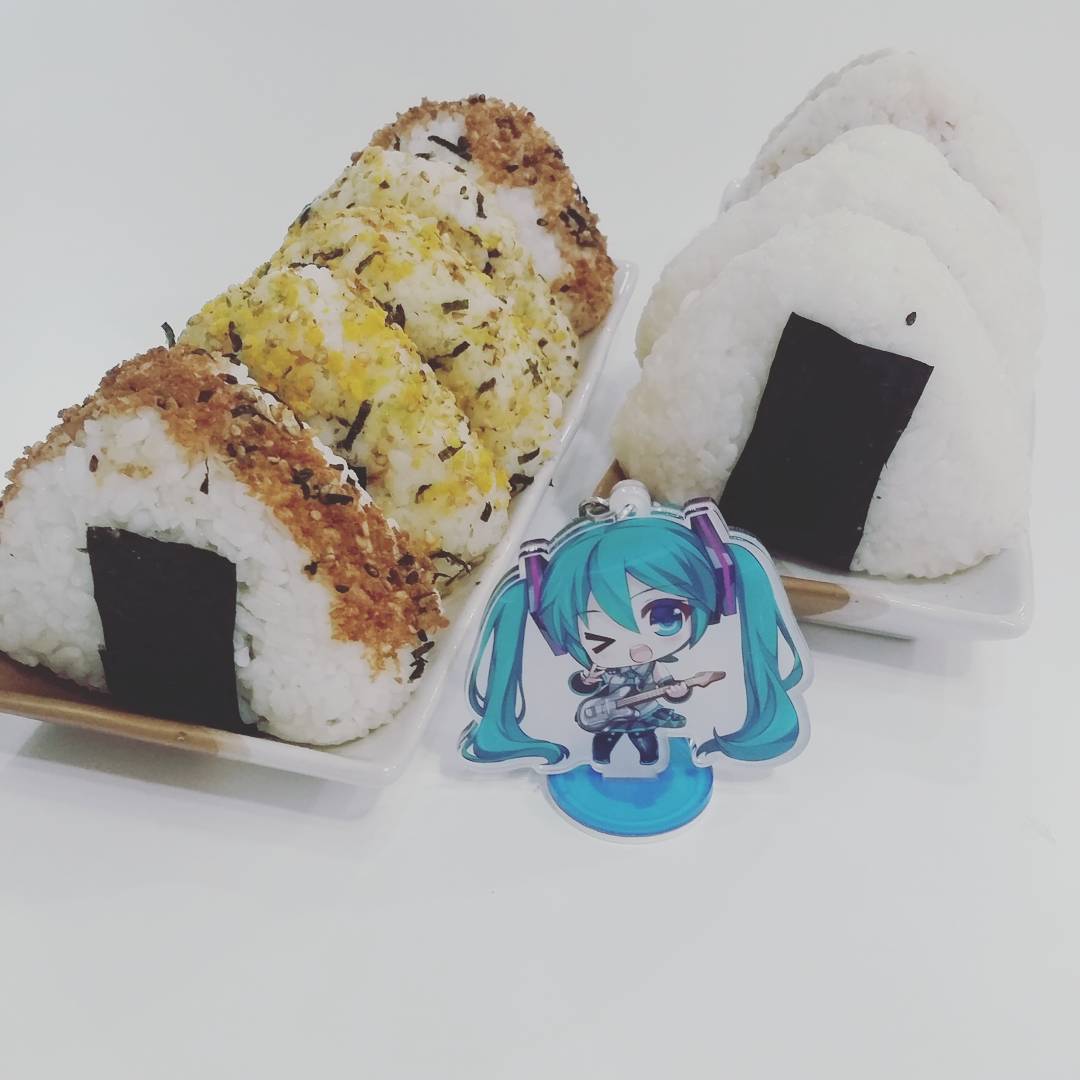
My first time making Onigiri
Image credit: Justin Oh
Experiencing the stigma around being a “weeb”

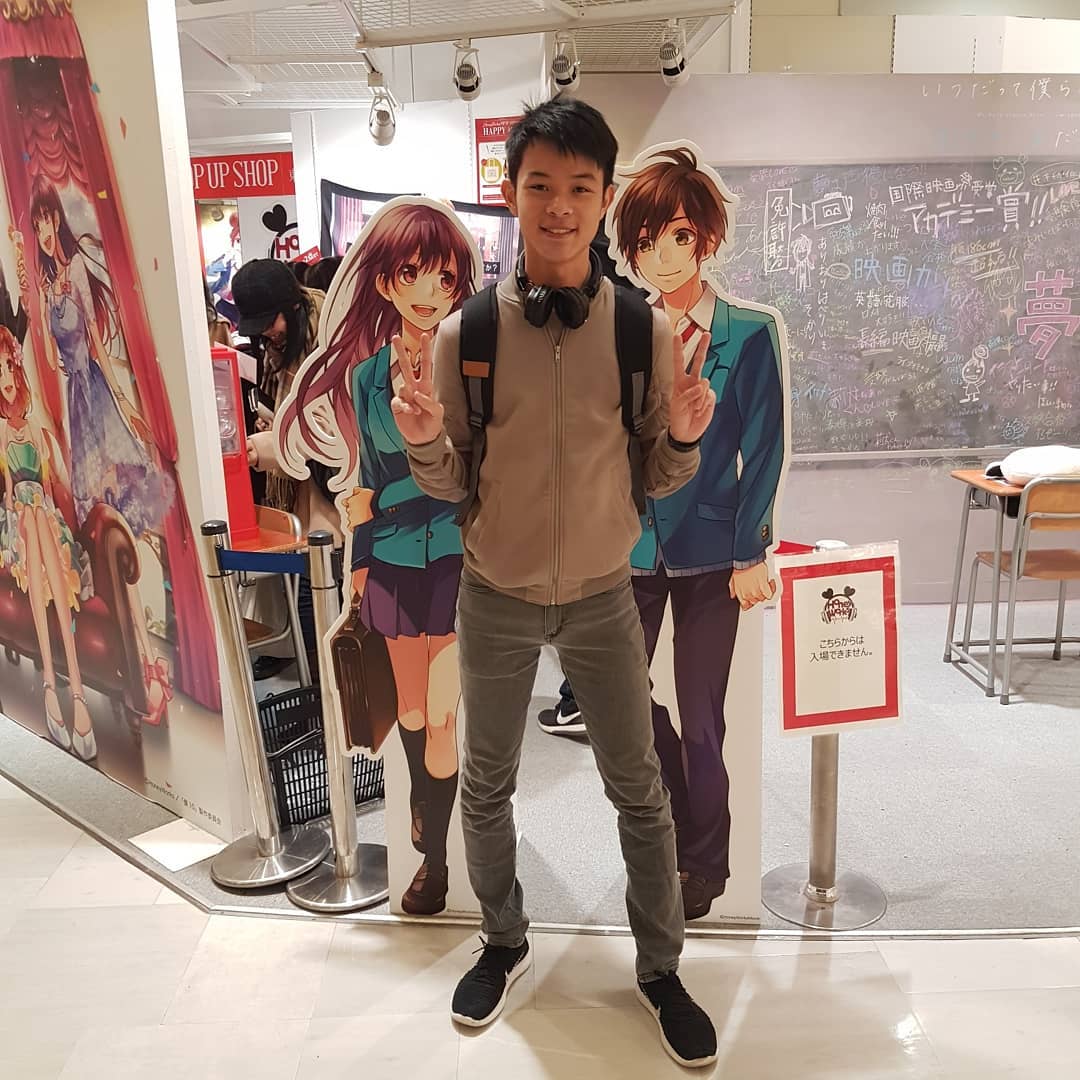
Visiting a HoneyWorks Pop Up store in Tokyo
Image credit: Justin Oh
Somehow or other, being a dedicated fan of Japanese culture and watching anime isn’t as cool as hobbies like skating or having a passion for photography.
I’d been pretty open with my interests, and when people found out that I was such a huge fan of anime, not all were accepting of it. Some even steered clear of me, deeming me as not being a “normal” person, using the term “weeb” to mock my hobby. And while I mostly took it as a joke, there were still times when I felt that it was too much. In fact, I felt bad about myself for being openly passionate, which eventually led me to being a “closet weeb”, only revealing my love for anime with others who shared the same interest.
Perhaps the worst memory of all was when my parents found out about my anime merchandise when I was 15. I had bought an Angel Beats Nendoroid set for $50 – if you’ve watched this series, you’ll know that the character Kanade has angel wings, which the figurine had as well.
While it was just a cute girl to me, my mum unfortunately thought that the wings “symbolised the devil” and threw my set away before I could stop her.
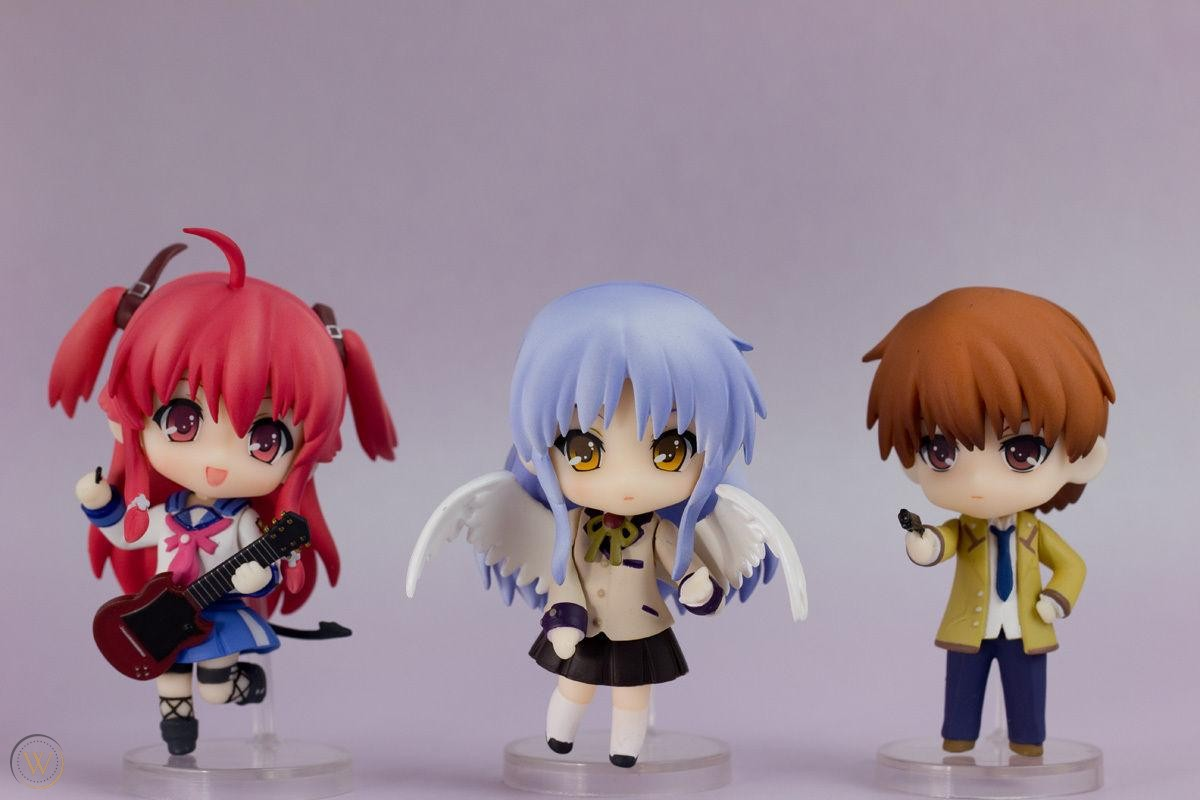
Image credit: WorthPoint
Of course, like any kid who has had their stuff thrown out without permission, I was fuming and held a secret grudge against her up until I recently reminded her of what she did. Turns out, my mum had completely forgotten about her “crime”, and has since moved on from her “anime is evil” days.
Thankfully enough, anime has become way more popular over the years, and the stigma attached to being a weeb or otaku is no longer as bad as it once was. With TikTok popularising anisongs in videos and series like Demon Slayer and Attack on Titan breaking into the mainstream, this hobby is becoming more widely accepted.
Coming to terms with who I am during my formative years
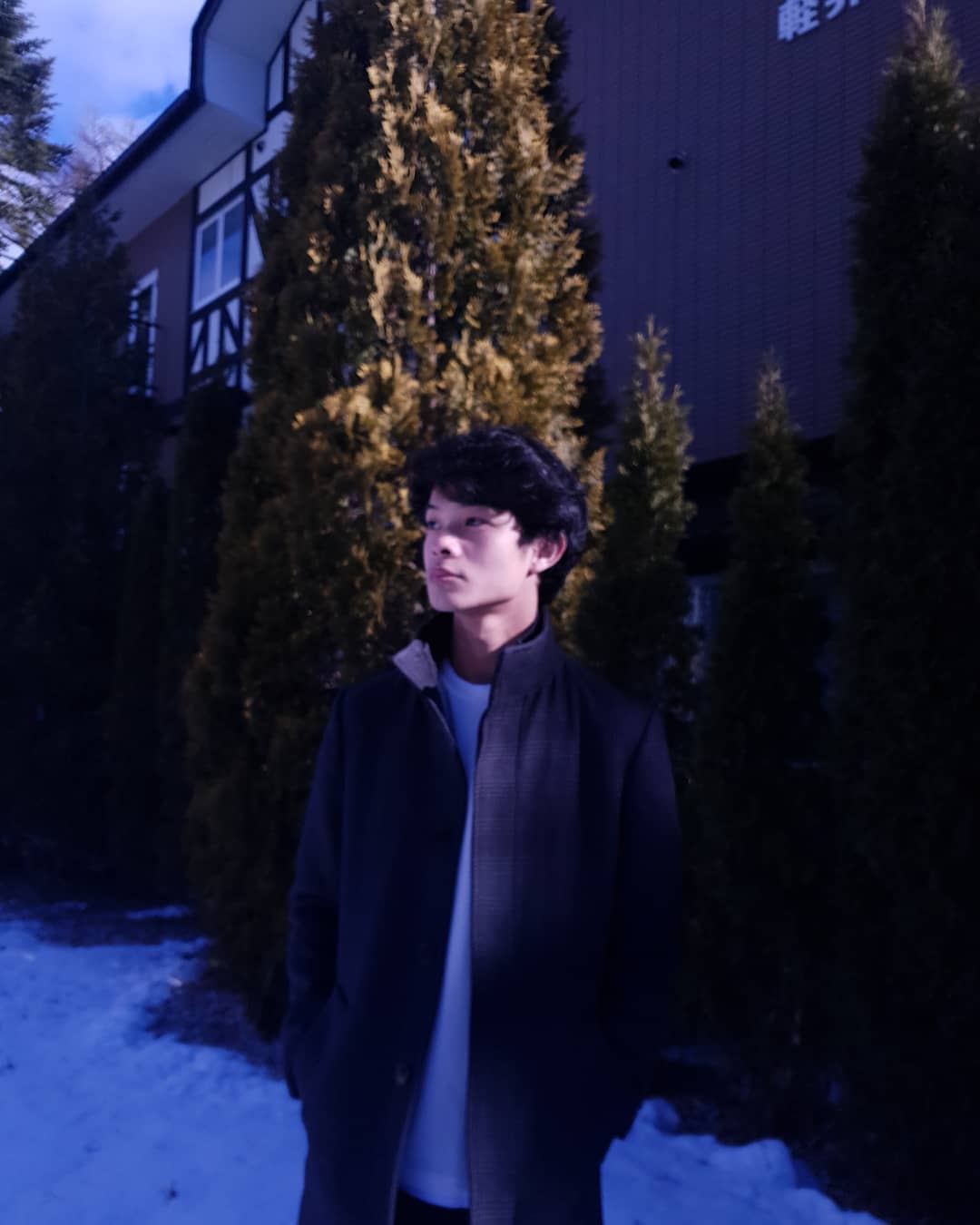

I learned that having a low self-esteem growing up is normal, and to just keep working on your self-confidence and know that there are others out there who’ll appreciate you for you.
Image credit: @j.o.z.y
As I was scrolling through Facebook this week, it was announced that AnoHana, one of my favourites, will be celebrating its 10th anniversary soon – and gawd, did that make me feel old.
Although adulting has taken over and I’m right in the middle of a quarter-life crisis, anime has and still continues to be a huge part of my life. Despite the struggles I faced in my teenage years and the stereotypes associated with the hobby, I’ve come to accept that this is part of who I am.
Most importantly from my journey with anime thus far, I’ve learned that we should never discriminate against others based on their passions – even if it’s something “weird” or “crazy”. One should not be ashamed of their hobbies, and while it does take time, accepting yourself for who you are is the most important step into adulthood.
Interested in watching anime or looking for recommendations? Check these out:
